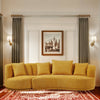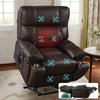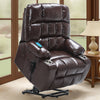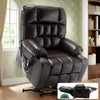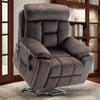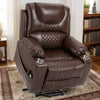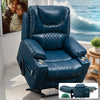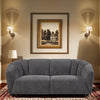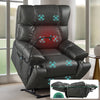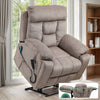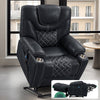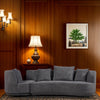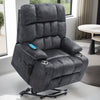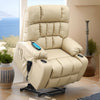The Evolution of the Mid-Century Sleeper Sofa
Understanding the Functional Design
Mid-century sleeper sofas are a marvel of design. They blend style and function seamlessly. These pieces emerged in the 1950s and 60s. They met the needs of growing families in smaller homes. The design focused on clean lines and minimal fuss. Designers used new materials like molded plywood and plastic. This allowed for curved shapes and organic forms.

The key feature was the hidden bed. It could be pulled out easily when needed. During the day, it looked like a normal sofa. At night, it transformed into a comfy bed. This dual-purpose saved space and money. It was perfect for small apartments or guest rooms. The design also included storage in some models. This added even more functionality to the piece.
The Influence on Modern Furniture Trends
Mid-century sleeper sofas have left a lasting mark on furniture design. Their influence can be seen in modern pieces today. The focus on multi-functional furniture remains strong. This is especially true in urban areas where space is at a premium. Many current designs draw inspiration from these classic pieces.
Today's sleeper sofas often feature improved mechanisms. They are easier to convert and more comfortable to sleep on. The aesthetic has evolved, but the core concept remains. Clean lines and simple forms are still popular. Materials have advanced, offering better durability and comfort. Some modern pieces even include tech features like USB ports.
The mid-century ethos of form meeting function is more relevant than ever. It has inspired a new wave of space-saving furniture. From murphy beds to convertible tables, the spirit lives on. The sleeper sofa remains a staple in many homes. It continues to evolve, meeting the needs of modern living spaces.
Selecting the Right Mid-Century Sleeper Sofa for Your Small Apartment
Factors to Consider Before Purchase
Choosing the right sleeper sofa is crucial for small spaces. Size is the most important factor. Measure your room carefully before buying. Consider both the sofa's closed and open dimensions. Think about the traffic flow in your space when the bed is out. The sofa should fit comfortably without blocking doorways or paths.
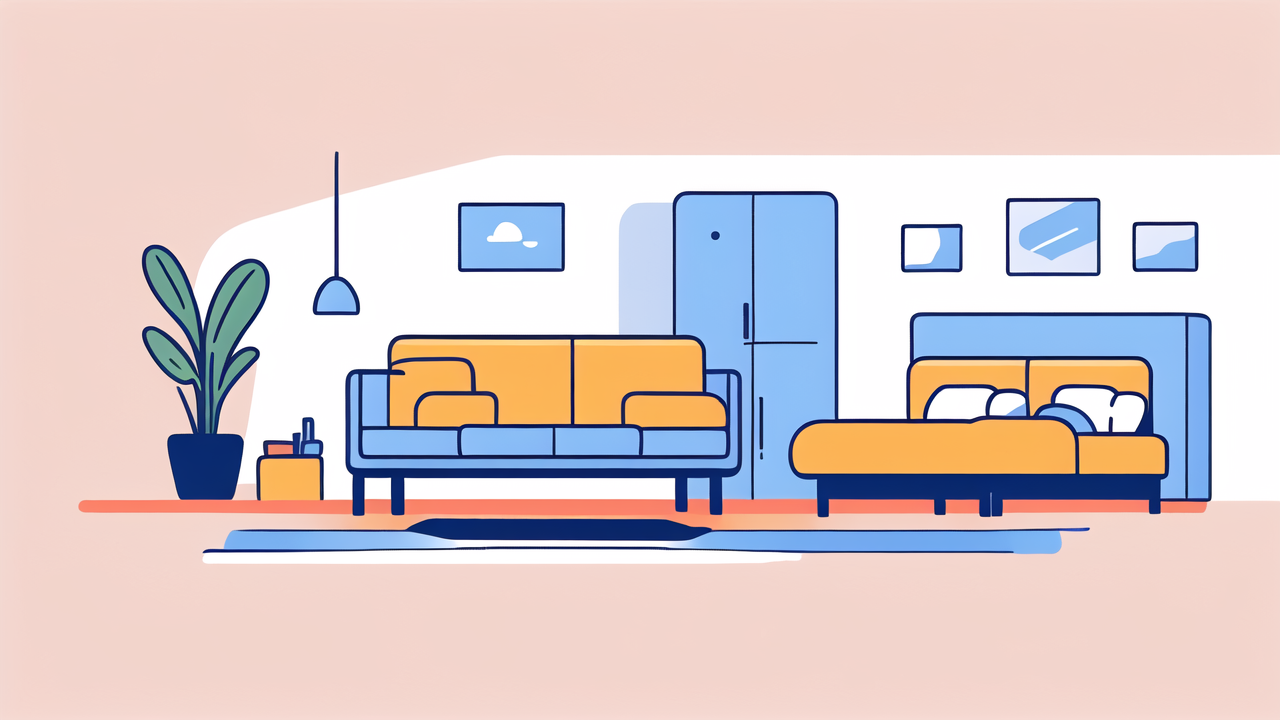
Comfort is key for both sitting and sleeping. Test the sofa in both positions if possible. Look for a mattress that provides good support. Memory foam options can offer extra comfort. Check the ease of conversion. It should be simple to switch between sofa and bed. Look for smooth mechanisms that don't require much strength to operate.
Durability is another important aspect. Choose fabrics that can withstand daily use. Leather and high-quality synthetics are good options. They are easy to clean and resistant to wear. Consider the frame construction as well. Solid wood frames tend to be more durable than particle board.
Space-Saving Solutions for Maximizing Efficiency
In small apartments, every inch counts. Look for sleeper sofas with built-in storage. Some models have space under the seat for blankets or pillows. Others may have arms that open to reveal storage compartments. These features help keep your living area tidy and organized.
Consider a loveseat sleeper instead of a full-sized sofa. It can provide sleeping space for one person while taking up less room. Corner or sectional sleeper sofas can be a smart choice. They maximize seating during the day and sleeping space at night. Some designs even include a chaise lounge for extra versatility.
Multi-functional pieces can further save space. Look for sleeper sofas with built-in side tables. Or choose models with adjustable backrests for different seating positions. Some innovative designs can convert into dining tables or work desks. These versatile pieces help make the most of limited square footage.
Implementing Mid-Century Sofas into Various Decor Styles
Blending with Contemporary and Bohemian Aesthetics
Mid-century sleeper sofas can fit beautifully into contemporary spaces. Their clean lines complement modern decor. Choose neutral colors for a seamless blend. Add pops of color with pillows or throws. This creates visual interest without overwhelming the space. Pair the sofa with sleek metal or glass accent tables. This enhances the contemporary feel.

For a bohemian look, embrace bold patterns and textures. Choose a sleeper sofa in a rich, jewel tone. Layer it with colorful, textured pillows and a patterned throw. Mix in natural elements like woven baskets or macramé wall hangings. Add plants to bring life and a relaxed vibe to the space. The contrast of the structured sofa with eclectic accessories creates a dynamic look.
Tips for Incorporating into Minimalist and Industrial Designs
In minimalist spaces, let the sleeper sofa be a focal point. Choose a model with simple, clean lines. Stick to a neutral color palette. Keep accessories to a minimum. A single piece of art above the sofa can make a statement. Use multi-functional pieces to maintain the uncluttered look. A coffee table that doubles as storage can be ideal.
For industrial-style rooms, look for sleeper sofas with metal accents. Exposed legs or arms in brushed steel work well. Pair with reclaimed wood tables or metal shelving units. Choose fabrics in muted tones like grey or navy. Add texture with leather pillows or a cowhide rug. Incorporate vintage-inspired lighting to complete the industrial aesthetic.
Remember, the key is balance. The sleeper sofa should complement your overall design, not dominate it. With thoughtful styling, these versatile pieces can enhance any decor style. They offer both form and function, perfect for small apartment living.







